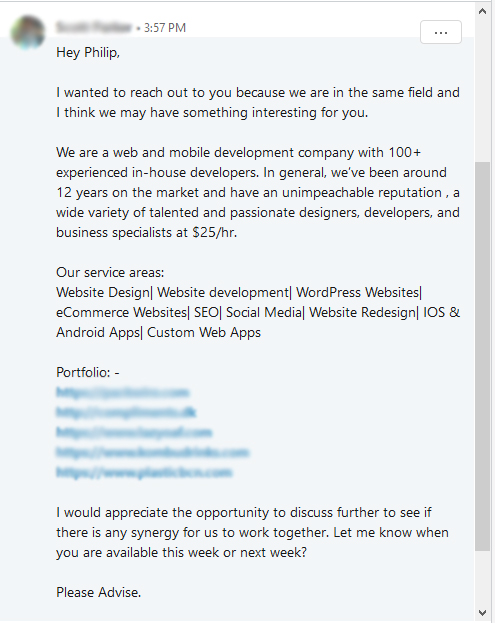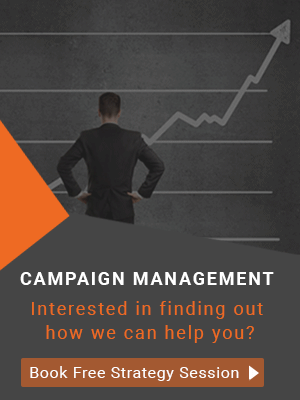How often have you accepted a connection message on LinkedIn and then were immediately sold to?
If your experience is anything like mine then the answer is often – and the practice is on the increase! You accept a connection and almost instantaneously you receive a long message that says: this is what we do, this is what our service costs and here are some examples of what we we’ve done in the past, how about it?

Sales people that use this strategy will get an incredibly low conversion rate. They are targeting completely cold prospects who have no idea whether the company are any good at what they do. This scatter gun approach with little or no targeting and selling before even starting any relationship building process is doomed to produce poor results.
So What Is The Alternative?
You need to spend an appropriate amount of time planning your campaign with regards to who to target and what message to put in front of them. Get this right and you will generate interest, start conversations and as long as you can close the leads, you will get new clients.
When identifying your target prospect, think about the following: what are their pain points that you can help them with? What helpful resources could you provide them with that they can learn from and be able to take their own action from?
It’s a mindset shift from “what can I get from them” to “how can I help?”.
If you are the person who helps them to see an opportunity then why wouldn’t they reach out to you to help them grasp it?
By helping your prospects, you are positioning yourself as an expert that can help them with their particular problem. If they choose to reach out to you then great. However, if they take the learning and use someone else or do it themselves then that’s great too – you have still helped them to progress.
Conclusion
Purely selling at contacts on LinkedIn puts new connections on the defensive. Why not try to genuinely offer help? You will find that it opens up conversations rather than turning them off.
It’s worth noting that occasionally, after sharing a useful resource with the aim of helping, you may come back to a short “No thanks” response. This is a reflection of the bad trend on LinkedIn of people using it to ‘sell sell sell’. What a pleasant experience it would be for all if instead we tried to ‘help help help’.
Be one of the good guys – build successful relationships and achieve the results you want.



